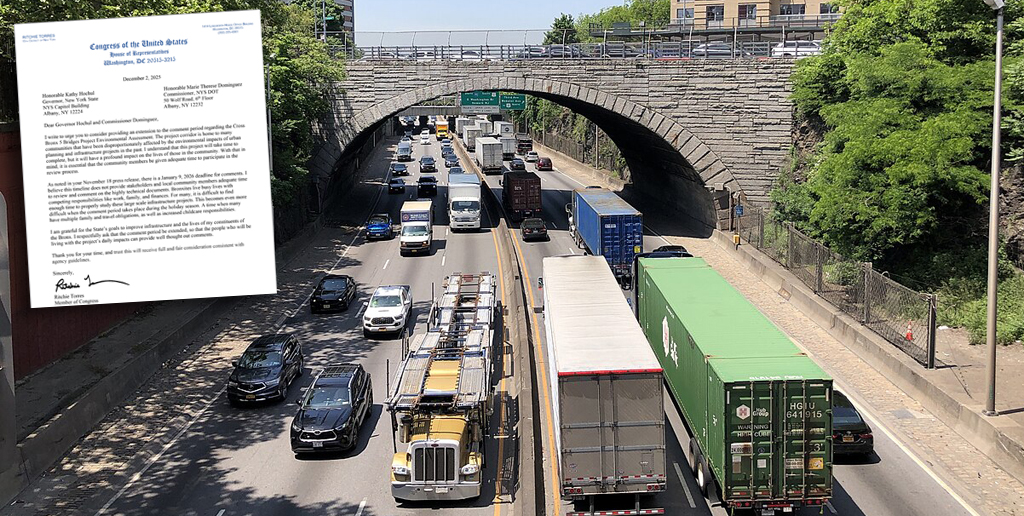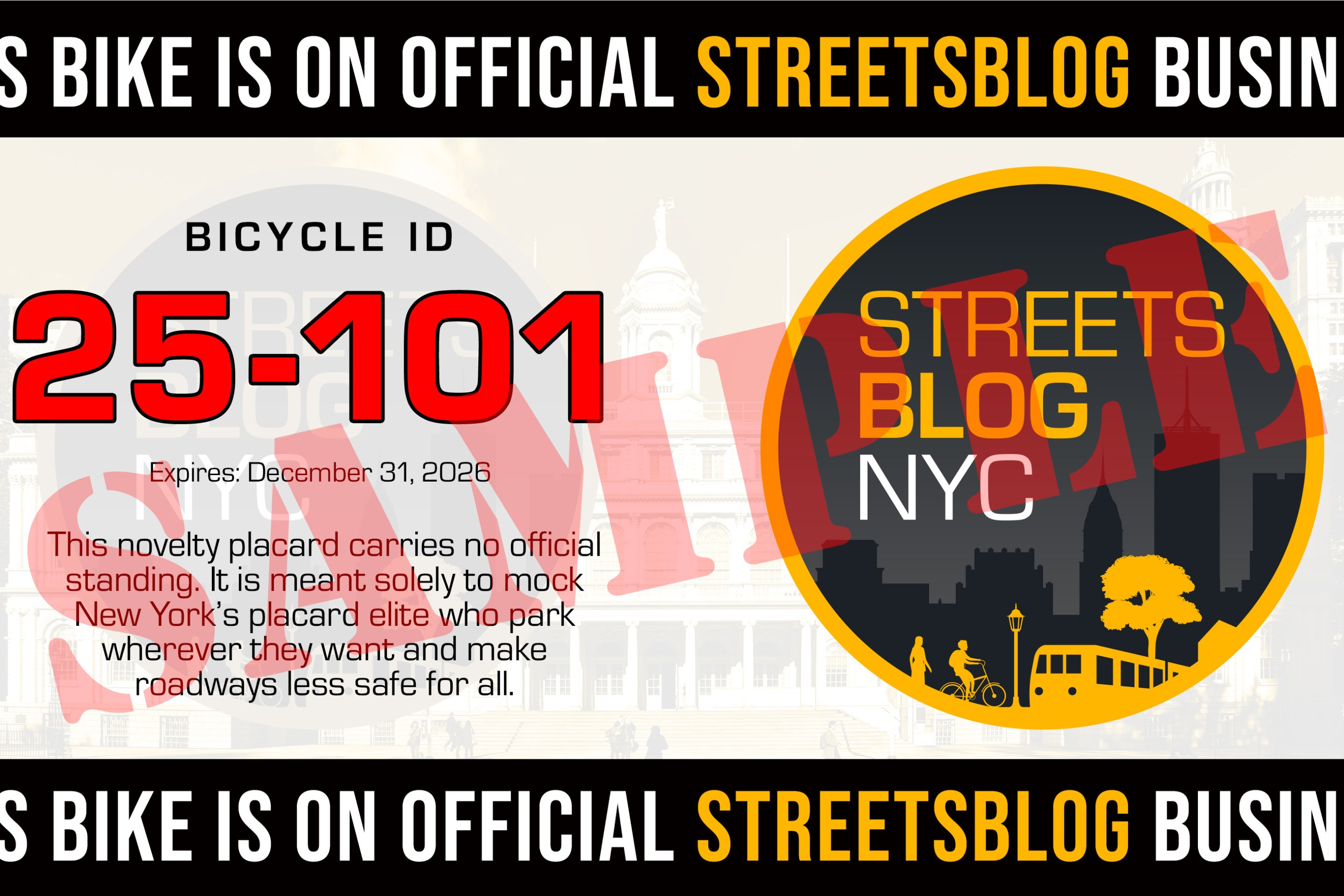The 2016 election, more than any in recent history, divided Americans by geography. Hillary Clinton is expected to finish with around 2 million more votes than Donald Trump. But her base was concentrated along the coasts and in urban areas, a distribution of votes that could not deliver the Electoral College.

Rural states and the Midwest delivered an enormous blow to the ascendant politics of major urban areas. Bill Lindeke at Twin City Sidewalks, says the outcome has to be understood in terms of laws and institutions that are systemically biased against the people who live in cities:
Both the Senate and the Electoral College are weighted against urban areas, as are many state governments such as, most famously, New York. State gerrymandering is relentless in its minimization of urban influence. And the dismantling of the Voter Rights Act of 1964 means that it is again open season for restrictive voting laws, reducing the voices of people of color and the young, in particular, and amplifying the votes of older rural America in the most callous possible way. None of these democratic structures are easy to reform, and when it comes to voter turnout, especially for congressional elections, the United States lies at the bottom of the list of Global North nations.
Lindeke tries to imagine how a federal government that owes its ascendance almost entirely to rural and suburban people will shape urban policy. He envisions a scenario where cities are stripped of federal resources like community development block grants, university funding, and transit support.
That would be incredibly difficult, he says, but could also lead cities to shoulder the mantle of progressive policy innovation on their own:
If cities end up resisting Federal registration or deportation mandates, it might make it easier to continue the work that’s been done on reforming police practices in urban areas around race and profiling. Decoupled from the militarized police state apparatus, and with a rift opening up between urban areas and their exurban fringes, it’s conceivable to imagine cities that are better able to radically rethink policing. Should city-states replace the broad liberal state in some senses, it’s possible to imagine political leaders on the left becoming more focused on urban racial justice issues. Cities like Minneapolis might literally become sanctuaries for people of color or Muslims seeking religious tolerance, particularly when compared to smaller cities like Saint Cloud or Willmar, where racial animosity may become much more common under a Trump Presidency.
The notion of cities dealing with inequality on a municipal rather than regional or statewide basis comes with a lot of problems. For example, if there’s a $15 an hour minimum wage in Minneapolis, as seems likely, but lower wages in neighboring cities, this would have a negative effect on parts of Minneapolis’ economy. Political organizing would have to focus city-by-city on these edge spaces, and you might end up with a situation where policies aimed at equity form a haphazard patchwork across the state and metro areas. This is nobody’s idea of a perfect solution, but without the possibility of larger-scale consensus-driven action, this would be better than nothing. Place and politics would be increasingly fused, with city governments at the center of social change.
Elsewhere on the Network today: Traffic Snark looks for a link between who pays for sidewalks in cities and how walkable they are, according to WalkScore. And the Congress for the New Urbanism thinks a Trump Administration will entail more highways and more gentrification.





